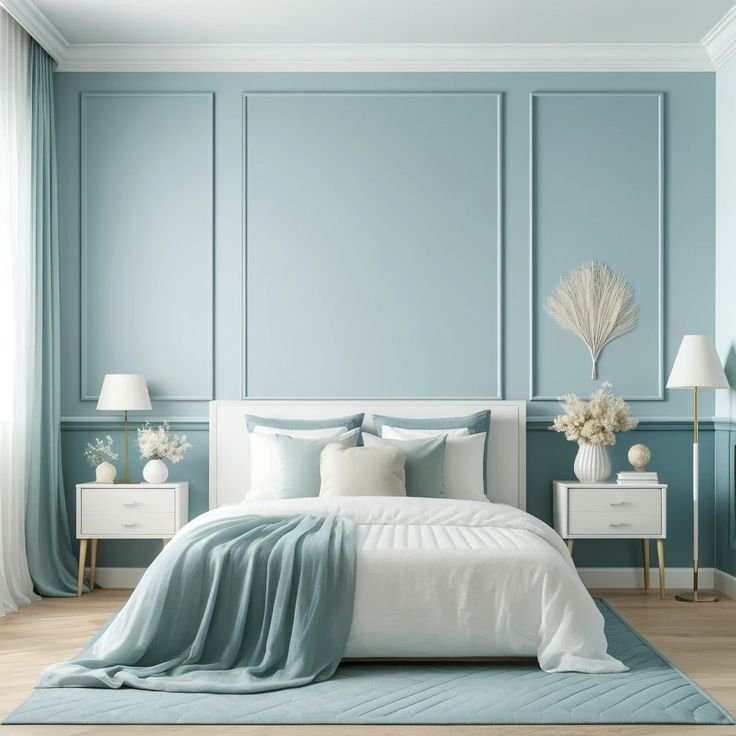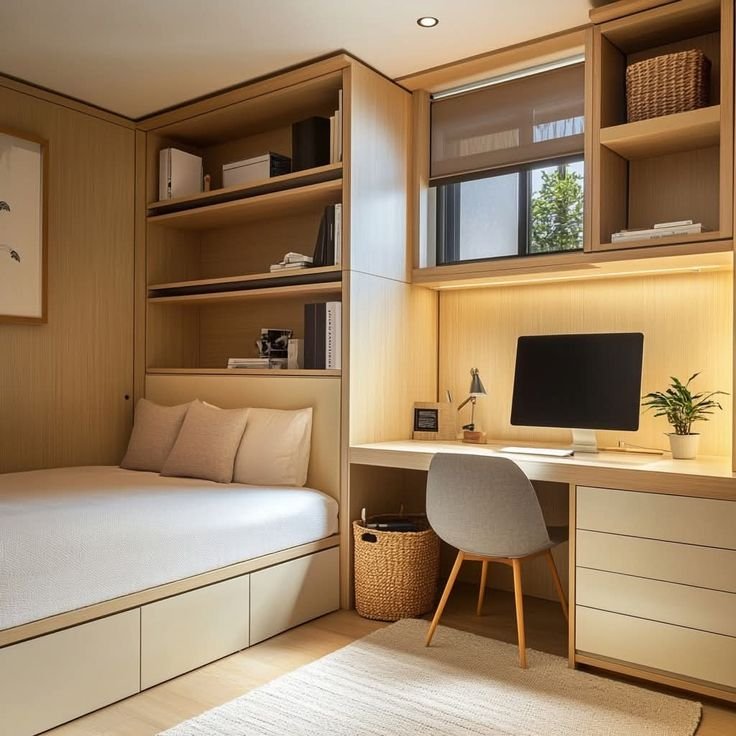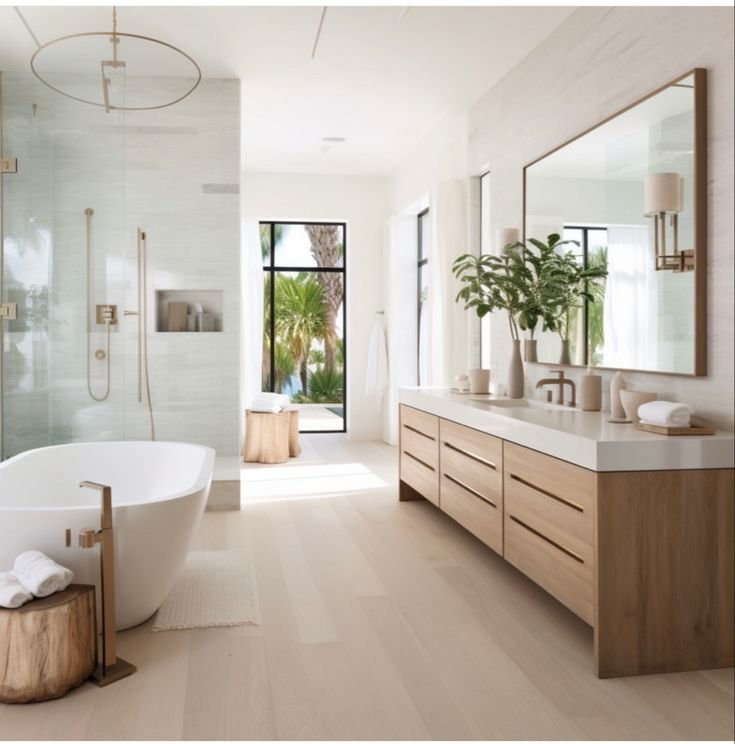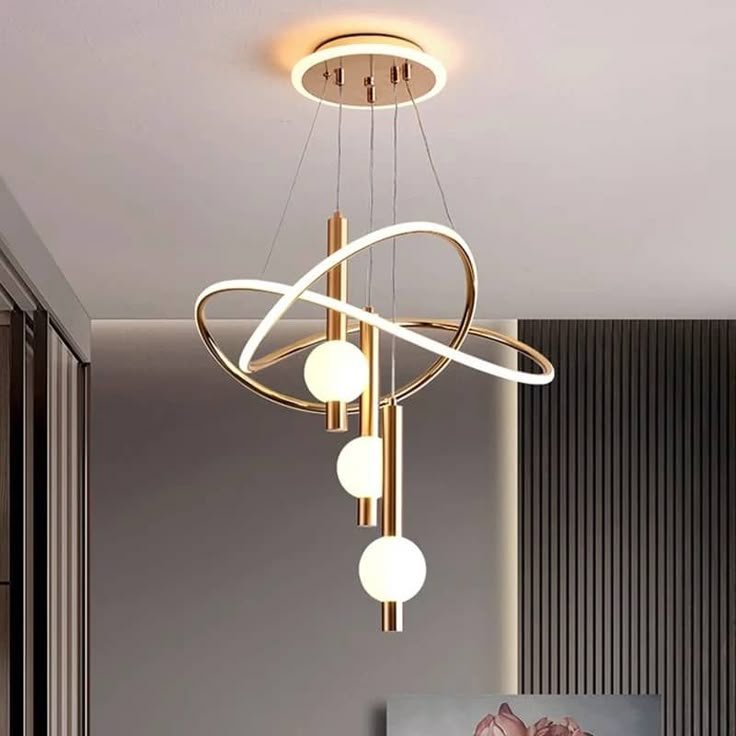Blog
Modern Interior Design
Key Principles of Modern Interior Design You Should Know

The Psychology of Color in Interior Design
Colors are more than just a visual element — they hold emotional power and influence how we feel within a space. Whether you’re designing a peaceful bedroom or a vibrant living area, understanding color psychology can help you create the right atmosphere. Soft blues and greens promote calmness and relaxation, making them perfect for bedrooms or meditation zones. Warm tones like orange and yellow inspire energy and creativity, ideal for kitchens or home offices. Meanwhile, neutrals like beige, ivory, and gray offer timeless elegance and flexibility. By carefully choosing colors that match the function and mood of a space, you can create interiors that not only look stunning but also support mental well-being and harmony.
Maximizing Small Spaces with Smart Design
Designing for small spaces requires creativity and thoughtful planning. The right layout, furniture, and lighting can make even the smallest room feel open, airy, and functional. Multi-purpose furniture — like beds with storage, foldable dining tables, or wall-mounted desks — can significantly reduce clutter and maximize utility. Vertical storage solutions, such as floating shelves or tall cabinets, help make use of unused wall space. Light color palettes, mirrors, and natural lighting also play a vital role in creating the illusion of space. With these design strategies, small apartments or compact rooms can transform into stylish, comfortable living areas that meet both aesthetic and practical needs.


Top Interior Design Trends You’ll See This Year
As lifestyles evolve, so do interior design trends. This year, we’re seeing a shift toward more organic, meaningful, and functional spaces. Earthy tones like terracotta, olive green, and sandy beige are dominating color palettes, bringing warmth and calm into homes. Textured materials such as bouclé fabrics, raw wood, and woven accents are being used to add depth and comfort. The biophilic design trend — incorporating indoor plants and natural elements — is stronger than ever, creating a connection between indoor spaces and nature. Additionally, open-plan living with multi-functional furniture is gaining popularity, as people seek more versatile and adaptable homes. These trends reflect a desire for interiors that are both beautiful and deeply livable.
Lighting Design The Secret to Transforming Any Room
Lighting is one of the most underrated yet powerful tools in interior design. It’s not just about visibility — the right lighting design enhances mood, defines zones, and accentuates your decor. A well-lit space uses a layered approach: ambient lighting sets the tone, task lighting provides functionality (like in kitchens or workspaces), and accent lighting highlights architectural features or artwork. The type and temperature of light matter too — warmer tones create a cozy ambiance, while cooler tones are better for focused activities. With strategic lighting, you can make a small room feel larger, draw attention to focal points, and dramatically shift the atmosphere of your home. It’s the detail that truly elevates interior design from ordinary to extraordinary.

